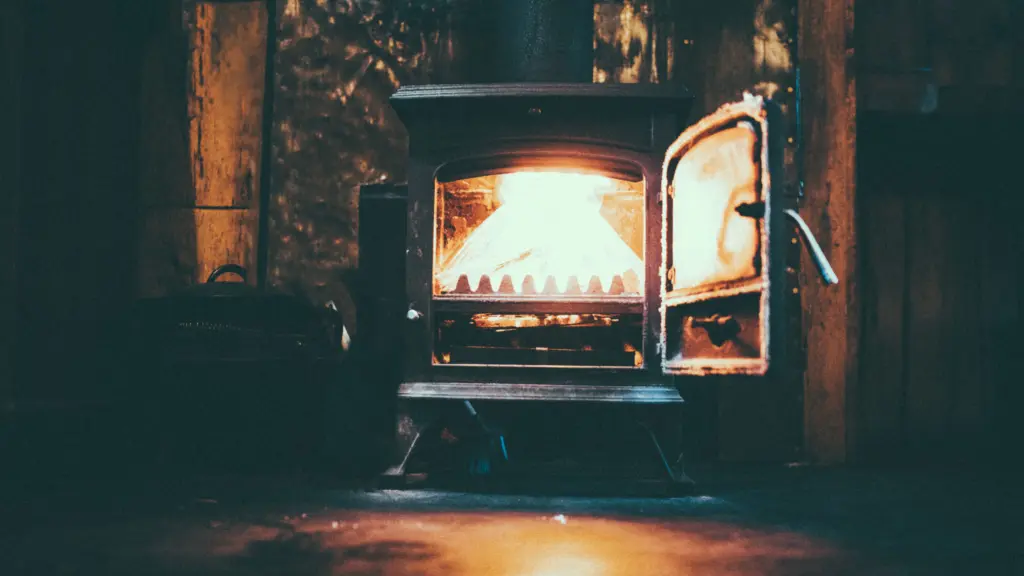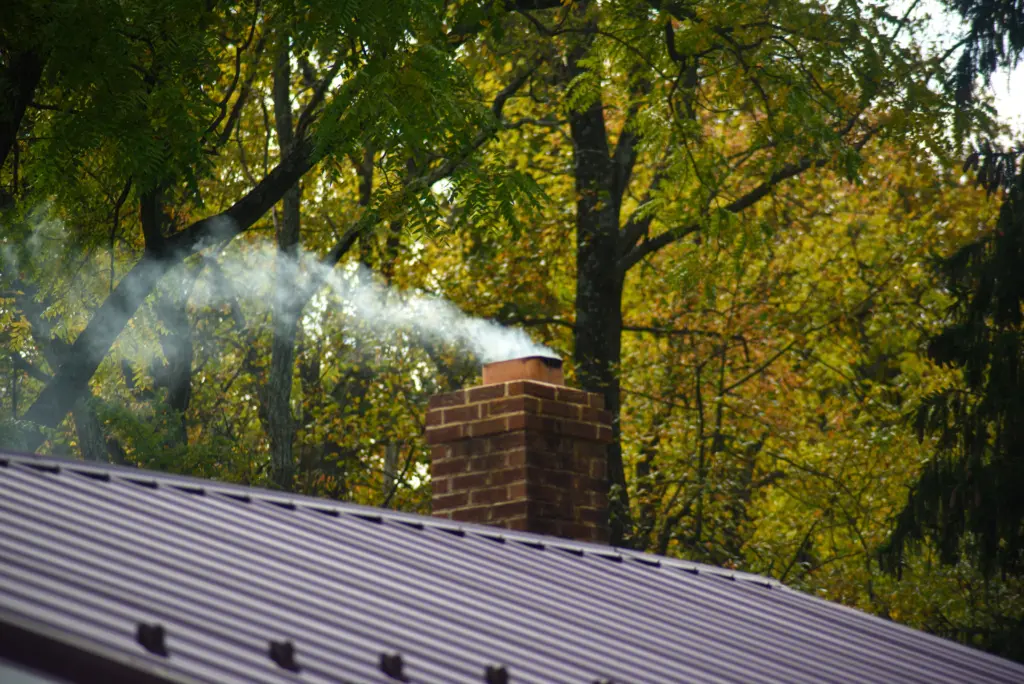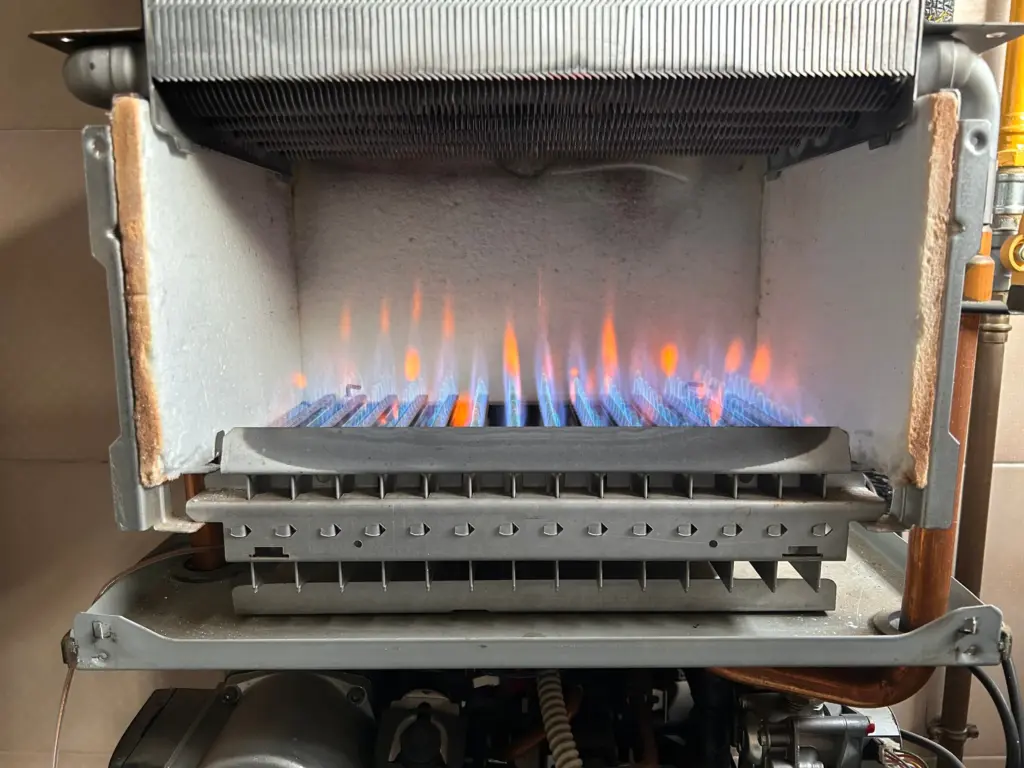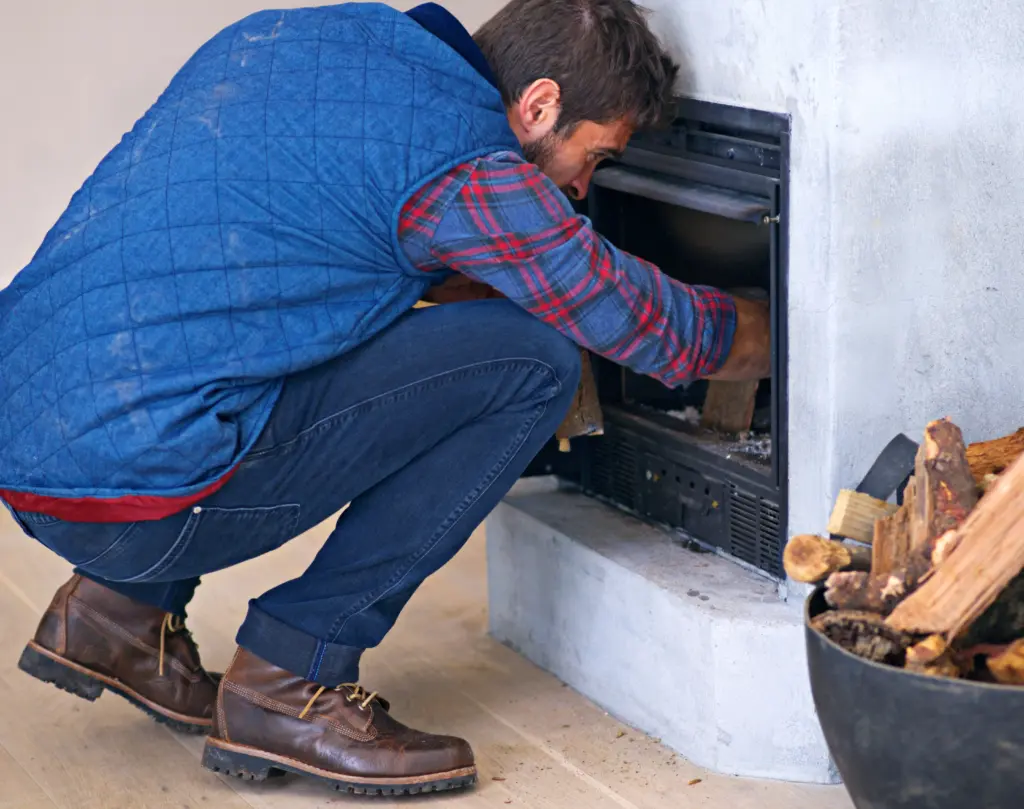As cooler weather settles over Northeast Ohio, many homeowners reach for the warmth and comfort of their fireplaces. For those with gas systems, understanding how to turn on gas chimney safely is an important part of seasonal home care. A gas fireplace or gas chimney offers instant heat, minimal cleanup, and beautiful ambiance, but proper operation requires attention to both safety and maintenance. Learning the correct steps ensures steady warmth without risking damage or inefficiency.

Understanding Your Gas Chimney System
A gas chimney, often called a gas fireplace, functions through a combination of ignition components, gas supply lines, and ventilation systems that move combustion gases outdoors. These units can vary in design. Some have pilot lights that remain on year-round, while others rely on electronic ignition that starts when you flip a switch or press a button. Knowing which type you own helps you decide how to light it properly. Although modern systems are simple to use, every model includes safety valves, regulators, and sensors that must work correctly before the fire can ignite.
Before you begin, locate the gas shutoff valve, typically found near the fireplace base or inside a small access panel. Confirm that the chimney or flue area is clear of debris, cobwebs, or dust. Ensuring a clean path for exhaust gases prevents buildup that could cause carbon monoxide accumulation. According to the National Fire Protection Association (NFPA), every gas-burning appliance should receive annual inspection to ensure ventilation and ignition systems are operating safely. A little preparation before lighting saves time and keeps your home protected.
Lighting a Gas Chimney With a Standing Pilot
Many older or traditional gas chimneys use a small pilot flame that stays lit throughout the heating season. To start this type, first open the control panel and locate the knob labeled “Off,” “Pilot,” and “On.” Turn the knob to “Off” and wait a few minutes to allow any remaining gas to clear. Then rotate it to “Pilot.” Press and hold the control knob down while pressing the ignition button repeatedly until you see a steady blue flame. Continue holding the knob for about 30 seconds, then release it and turn the setting to “On.” The main burner should ignite once the thermostat or switch activates the system. This process demonstrates the importance of patience and precision when learning how to turn on gas chimney safely and effectively.
If the pilot does not stay lit, check whether the thermocouple or sensor is dirty or misaligned. These small components sense heat and tell the system to continue gas flow. Dust or residue can block proper operation, which is why annual cleaning helps maintain reliability. Avoid relighting the pilot repeatedly if gas odors linger; instead, ventilate the area and contact a professional immediately to check for leaks.

Lighting a Gas Chimney With Electronic Ignition
Newer gas chimneys often include electronic ignition systems that start the flame automatically. These designs eliminate the need for a constantly burning pilot light and improve efficiency. To operate one, make sure the gas valve is open and the control switch is set to the “On” or “Ignite” position. You should hear a soft click followed by ignition within a few seconds. If the system does not ignite after several attempts, switch it off and allow the gas to dissipate before trying again. A battery-operated ignition may simply need a fresh power source, so checking the control compartment is a good first step.
Electronic ignition systems are highly reliable when properly maintained. They rely on clean sensors and secure electrical connections to ignite smoothly each time. Keeping dust away from control panels and ensuring the vent path remains unobstructed makes startup easier and safer. Anyone learning how to turn on gas chimney for the first time should also review their manufacturer’s manual to understand specific control settings unique to their model.
Ensuring Proper Ventilation and Airflow
Proper airflow is crucial for any gas fireplace or chimney. Combustion produces heat, water vapor, and small amounts of carbon monoxide that must vent outdoors. Before lighting the system, confirm that the flue is open and free of obstructions. You can check this by shining a flashlight upward or listening for the sound of air movement. Once lit, observe the flame color. A clean, efficient burn produces blue flames with small yellow tips. If the flame appears mostly yellow or orange, incomplete combustion could be occurring, signaling the need for inspection or adjustment.
Efficient operation also depends on the chimney’s draft. Cold air or pressure differences in the home can prevent gases from venting properly. Keeping interior doors open while the fireplace operates helps air circulate freely. The Energy.gov website notes that maintaining clear vent paths and balanced airflow increases both safety and energy performance in homes that use fuel-burning appliances. These small steps make a big difference in preventing harmful buildup and ensuring consistent heat output.

Safety Checks Before and During Operation
When learning how to turn on gas chimney, safety should always come first. Test carbon monoxide detectors and replace their batteries if needed before you light the fireplace for the season. Keep flammable materials such as drapes, paper, or furniture at least three feet from the unit. While the flames may look contained, the glass and surrounding metal surfaces can become extremely hot during operation. Never leave the fire unattended for long periods, especially when pets or children are nearby. These practices prevent accidents and ensure every use remains safe and enjoyable.
If you notice any unusual smells, soot buildup, or difficulty keeping the flame lit, turn off the system immediately. These signs may indicate poor gas flow or blocked venting. Continuing to operate the unit under those conditions could be dangerous. A trained technician can test the gas pressure, inspect connections, and verify that the venting meets local safety codes before use resumes.
Seasonal Maintenance and Professional Care
Even a well-installed gas chimney requires attention over time. Soot, dust, and residue can gather inside burners or along the vent, affecting performance. Scheduling annual maintenance ensures that ignition components remain clean and gas lines stay leak-free. At Green & Clean Home Services, we provide detailed inspections for homeowners throughout Lake, Cuyahoga, Geauga, Summit, and Portage Counties. Our technicians check every element of your fireplace, from the pilot assembly to the ventilation system, confirming that everything works safely and efficiently.
Professional maintenance goes hand in hand with learning how to turn on gas chimney correctly. It ensures the system stays reliable throughout the heating season. Regular inspections also catch small issues, such as loose fittings or sensor corrosion, before they lead to costly repairs. With proper service, your gas chimney can deliver years of comfortable, trouble-free warmth while maintaining indoor air quality and energy efficiency.

Why Routine Inspections Are Essential
Just as with any fuel-burning appliance, unseen wear or debris can develop inside a gas chimney. An annual inspection by certified professionals provides reassurance that the entire system functions safely. Technicians verify gas pressure, check valve integrity, clean burner ports, and ensure that the vent draws correctly. These steps protect your investment and prevent potential hazards. It also offers peace of mind knowing that your fireplace is not only working but working safely.
At Green & Clean Home Services, our mission is to make heating systems as safe as they are beautiful. We bring the same dedication to detail that homeowners expect from a trusted local service provider. Each inspection and tune-up reflects the care and precision needed to maintain modern gas systems. For families who rely on their fireplaces during cold months, that level of reliability matters deeply.
Conclusion: Safe Warmth Starts With Knowledge
Knowing how to turn on gas chimney safely gives homeowners confidence and comfort when using one of the most enjoyable features of their home. It is more than a simple switch or flame; it is an appliance that combines convenience, efficiency, and engineering. By following safety steps, maintaining good airflow, and scheduling professional inspections, homeowners protect their investment and their families. A gas chimney, when cared for properly, delivers consistent warmth without the mess or maintenance of traditional wood fires.
If it has been more than a year since your last fireplace inspection or you need assistance starting your system safely, our experts are ready to help. Visit our Fireplace Services page to learn more or contact us today to schedule your next service appointment. Enjoy the glow of your gas chimney with confidence, knowing it operates safely and efficiently all season long.


